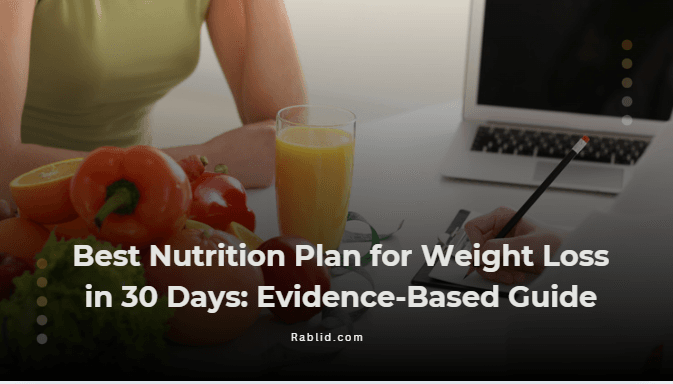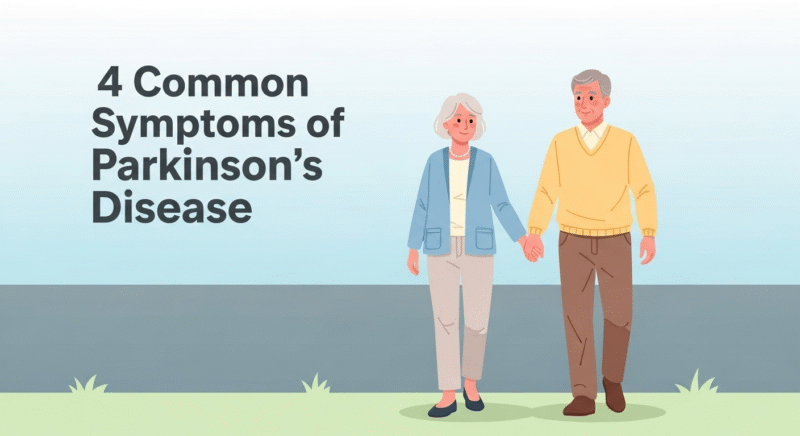Tired of chasing the next fad diet? Achieving sustainable weight loss isn’t about starvation; it’s about strategy. A powerful, evidence-based nutrition plan is the cornerstone of shedding pounds and feeling great. This 30-day guide cuts through the noise to provide a clear, effective roadmap for fueling your body, controlling hunger, and unlocking your fat-loss potential.
Why Nutrition Matters More Than Exercise for Fat Loss

You can’t out-run a bad diet. While exercise is crucial for overall health, muscle building, and metabolism, nutrition is the undisputed king when it comes to fat loss. Here’s why:
The 80/20 Rule: The majority of your weight loss results (roughly 80%) will come from what you eat, with the remaining 20% influenced by exercise.
The Calorie Equation: Weight loss fundamentally requires a calorie deficit, meaning you consume fewer calories than you burn. It is significantly easier to create a 500-calorie deficit by skipping a sugary latte and a bag of chips than it is to burn 500 calories through exercise, which can require 45-60 minutes of intense effort.
Hormonal Control: The right foods help regulate hormones like insulin (which controls fat storage) and ghrelin (the hunger hormone), making it easier to stick to your plan without feeling deprived.
Foods to Include Daily (Protein, Fiber, Healthy Fats)
Build your plate around these three pillars of satiety and nutrition. They keep you full, stabilize your blood sugar, and provide essential nutrients.
Best Protein Sources for Weight Loss
Protein is your best friend on a weight loss journey. It boosts metabolism, reduces appetite, and helps preserve calorie-burning muscle mass.
Lean Meats: Chicken breast, turkey, lean ground beef (93/7).
Fish & Seafood: Salmon (rich in omega-3s), tuna, cod, shrimp.
Eggs: A complete protein; especially effective when eaten for breakfast.
Dairy: Greek yogurt, cottage cheese, skim milk.
Plant-Based: Lentils, chickpeas, black beans, tofu, tempeh, and edamame.
High-Fiber Foods for Appetite Control
Fiber slows down digestion, keeping you feeling full for hours and preventing blood sugar spikes. Aim for a variety of colors in your vegetables and fruits.
Non-Starchy Vegetables: Broccoli, spinach, kale, bell peppers, cauliflower, zucchini.
Complex Carbs: Oats, quinoa, brown rice, sweet potatoes.
Legumes: Black beans, kidney beans, and lentils (excellent sources of both fiber and protein).
Fruits: Berries, apples, and pears (with the skin on).
Foods to Avoid for Faster Results
To accelerate your progress, minimize or eliminate these items for the next 30 days:
Sugar-Sweetened Beverages: Sodas, sweetened juices, and fancy coffee drinks.
Refined Carbohydrates: White bread, white pasta, pastries, cookies, and most crackers.
Highly Processed Foods: Chips, frozen meals, and anything with a long list of unrecognizable ingredients.
Trans Fats: Found in some margarines, fried foods, and baked goods (check for “partially hydrogenated oils” on labels).
Sample 7-Day Nutrition Plan for Weight Loss
This plan is a template to inspire you. Portion sizes will vary based on your individual needs.
Monday:
Breakfast: Scrambled eggs (2) with spinach and a slice of whole-wheat toast.
Lunch: Large salad with grilled chicken, mixed veggies, and a light vinaigrette.
Dinner: Baked salmon with roasted broccoli and a quarter cup of quinoa.
Tuesday:
Breakfast: Greek yogurt with berries and a sprinkle of chia seeds.
Lunch: Leftover salmon and broccoli from dinner.
Dinner: Turkey chili with beans and a side salad.
Wednesday:
Breakfast: Protein smoothie with spinach, banana, and protein powder.
Lunch: Lentil soup and an apple.
Dinner: Chicken stir-fry with bell peppers, snap peas, and a light soy sauce over brown rice.
Thursday:
Breakfast: Oatmeal made with water or milk, topped with almonds and berries.
Lunch: Tuna salad made with Greek yogurt (instead of mayo) in a whole-wheat wrap.
Dinner: Lean steak with a large side of grilled asparagus and sweet potato.
Friday:
Breakfast: Cottage cheese with sliced peaches.
Lunch: Leftover steak and sweet potato.
Dinner: Shrimp skewers with a side of cauliflower rice and black beans.
Saturday:
Breakfast: Whole-wheat toast with avocado and a poached egg.
Lunch: Chicken and vegetable kebabs.
Dinner: “Buddha Bowl” with quinoa, roasted chickpeas, and assorted vegetables.
Sunday:
Breakfast: Veggie omelet.
Lunch: Large salad with a can of tuna.
Dinner: Baked chicken breast with green beans and a small portion of brown rice.
Snack Ideas: An apple with a tablespoon of peanut butter, a handful of almonds, carrot sticks with hummus, or a hard-boiled egg.
Mistakes to Avoid During Your 30-Day Nutrition Plan
Drinking Your Calories: Stick to water, black coffee, and unsweetened tea.
Not Eating Enough Protein: This leads to increased hunger and muscle loss.
Fear of Healthy Fats: Fats from avocados, nuts, and olive oil are essential for hormone function and satiety.
Overestimating “Healthy” Calories: Nuts, nut butter, and olive oil are nutritious but calorie-dense. Practice portion control.
Giving Up After One Slip-Up: Consistency over perfection. One “bad” meal doesn’t ruin your week. Just get back on track with your next meal.
FAQs on Weight Loss Nutrition
Q1: How much weight can I realistically lose in 30 days?
A: A safe and sustainable rate is 1-2 pounds per week, so 4-8 pounds in a month. Initial weight loss may be higher due to water weight.
Q2: Do I need to count calories?
A: While not always necessary, tracking for the first week or two can be a powerful educational tool to understand portion sizes and create awareness. The focus of this plan is on food quality, which often naturally leads to a calorie deficit.
Q3: Can I ever have a “cheat meal”?
A: Yes, an occasional planned meal can help with long-term adherence. For this 30-day plan, consider one sensible meal (not a whole day) per week after the first two weeks if you feel you need it.
Q4: Is it okay to feel hungry?
A: Mild hunger before a meal is normal. However, if you’re constantly hungry, you likely need to increase your protein and fiber intake at each meal. Drink a glass of water first, as thirst is often mistaken for hunger.
Ready to transform your body and health? Commit to this evidence-based 30-day nutrition plan for weight loss today, and you’ll be amazed at the difference real food can make






